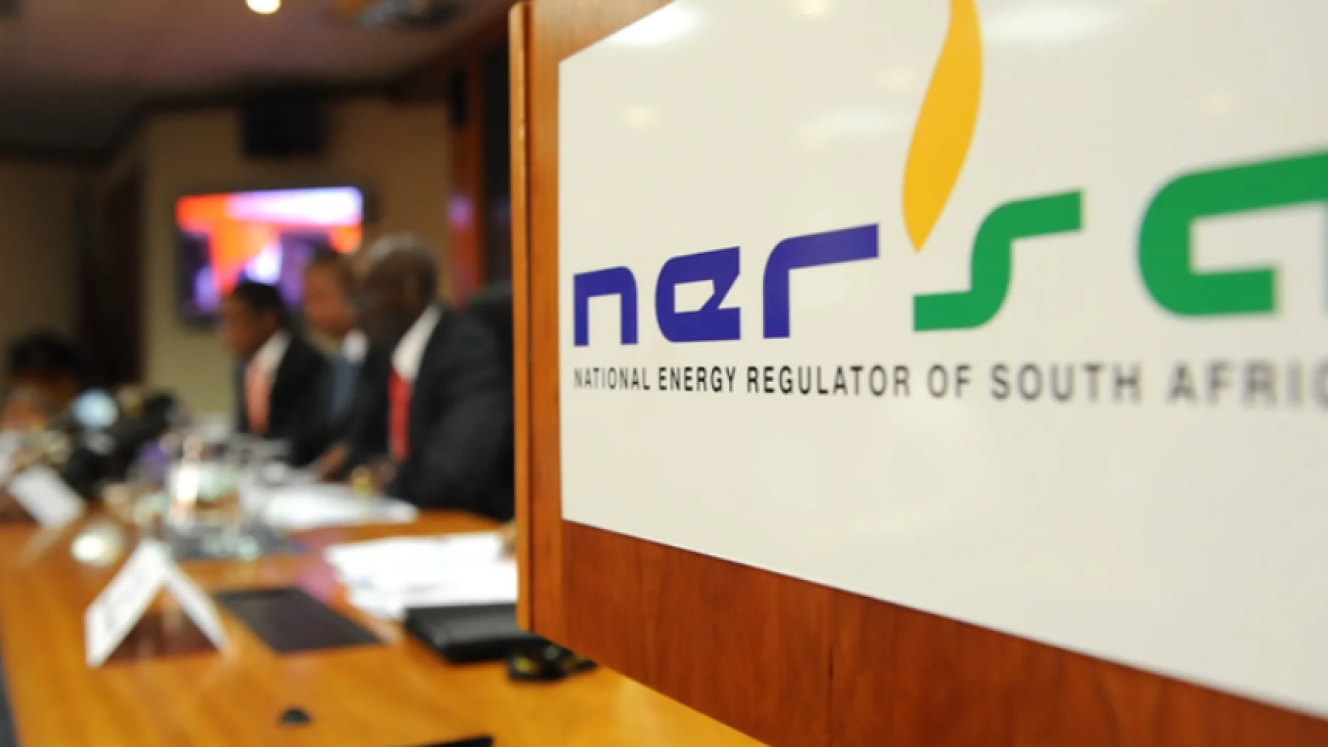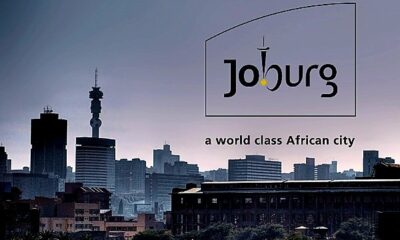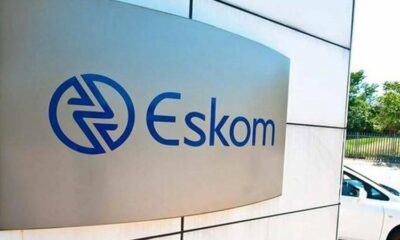Business
Flawed Process, Unaffordable Hikes: Sapoa Slams Nersa’s Municipal Tariff Chaos

South Africa’s property sector warns of a ticking affordability time bomb as Nersa fast-tracks steep electricity tariff hikes without fair process or transparency.
As South Africans brace for another wave of electricity price hikes from 1 July 2025, the South African Property Owners Association (Sapoa) has raised the alarm over what it calls a procedurally unfair and deeply flawed tariff approval process by the National Energy Regulator of South Africa (Nersa).
In a hard-hitting submission, Sapoa takes aim at the regulator’s rushed timeline, inconsistent transparency, and the economic pain looming for tenants and property owners alike particularly in commercial and industrial sectors already under strain.
A Process Shrouded in Confusion
At the heart of Sapoa’s concern is the speed and opacity of Nersa’s current review of electricity tariff applications from 172 municipal distributors. In theory, these tariffs should be guided by formal cost-of-supply (CoS) studies. In practice, many municipalities have not submitted them—or haven’t made them available to the public.
How are South Africans meant to meaningfully participate in a process that lacks key financial information?
“Nersa dumped 172 applications on its website with less than six weeks to respond,” Sapoa argues. “Some were missing. Most are complex. And without access to CoS studies, there’s no way to assess fairness.”
By law, Nersa must consider these studies before approving tariffs. Yet prominent cities like Cape Town and Buffalo City didn’t include them, despite their significant proposed hikes.
Massive Increases, Minimal Justification
Some of the requested hikes are jaw-dropping. Limpopo’s Blouberg Municipality, for instance, says it needs an increase of 192% over the next three years. For 2025/26 alone, they’re asking for 15.26%, even though their CoS study suggests 43% is needed.
Stellenbosch and eThekwini are in the double digits too, with the City of Johannesburg leading the way at 12.74% almost triple the projected 2025 inflation rate of 4.4%.
Sapoa argues these above-inflation requests are not just economically tone-deaf they’re dangerous.
“Electricity is already the single biggest contributor to operating costs for property owners,” says Sapoa. “When you start pushing occupancy costs beyond 25% of tenants’ monthly turnover, especially in retail, it breaks the business model.”
The Bigger Picture: Broken Infrastructure and Ballooning Losses
Sapoa isn’t simply complaining about high prices. It’s calling out a system where mismanagement, aging infrastructure, and illegal connections are draining resources, yet municipalities still expect residents and businesses to foot the bill.
The Auditor General’s recent report paints a bleak picture: metro municipalities are losing around 18% of their electricity—estimated at R14.5 billion a year—mostly due to theft and poor maintenance.
“Tariff increases alone won’t fix this,” says Sapoa. “You can’t patch a leaking pipe by turning up the pressure.”
Cape Town, AfriForum, and Courtroom Drama
The cracks in Nersa’s tariff methodology have already landed in court—twice. AfriForum successfully challenged the regulator’s long-standing approach, which a judge ruled unlawful. Nersa appealed, but judgment is still pending.
The City of Cape Town also challenged its own tariff determination, arguing that the regulator failed to reflect local realities. That ruling is also in legal limbo.
In response to these legal setbacks, Nersa has attempted to tighten its process by requiring municipalities to submit formal CoS studies for the first time. But execution has been inconsistent at best.
The Impact on Everyday South Africans
While these processes play out in courts and boardrooms, the real impact will be felt by households and businesses trying to keep the lights on and the doors open.
Sapoa’s data shows that electricity alone accounts for nearly 30% of total building operating costs. When combined with water and property rates, municipal charges now make up almost 60%.
Landlords are absorbing rising costs, but many are reaching the edge. In industrial areas, operating costs rose by 13.7% year-on-year—far outpacing rental income growth. In retail, tenants could soon be forced to cut back, relocate, or close shop.
Social Media and Public Sentiment
“Blouberg wants 192% over three years? In this economy?” — @MzansiTenant
“If Nersa can’t publish full cost studies, how can we trust the process?” — @EnergyWatchSA
“We’re paying more and getting less. Loadshedding, theft, losses—none of it is our fault.” — @RetailReliefZA
A Call for Reform, Not Just Revenue
Sapoa’s message is clear: unless Nersa drastically reforms how it handles tariff reviews, it will deepen financial pressure on businesses, worsen inequality, and erode trust in public institutions.
Its solution? Slow down the process. Allow proper scrutiny. Make public participation real, not a box-ticking exercise. And cap hikes at 5% if there’s no transparent justification.
“South Africa cannot afford a tariff process that rewards inefficiency and penalises productivity,” Sapoa warns. “Municipal finances may be in crisis, but transferring that crisis to already overburdened tenants and landlords isn’t the solution.”
{Source: Moneyweb}
Follow Joburg ETC on Facebook, Twitter , TikTok and Instagram
For more News in Johannesburg, visit joburgetc.com



























